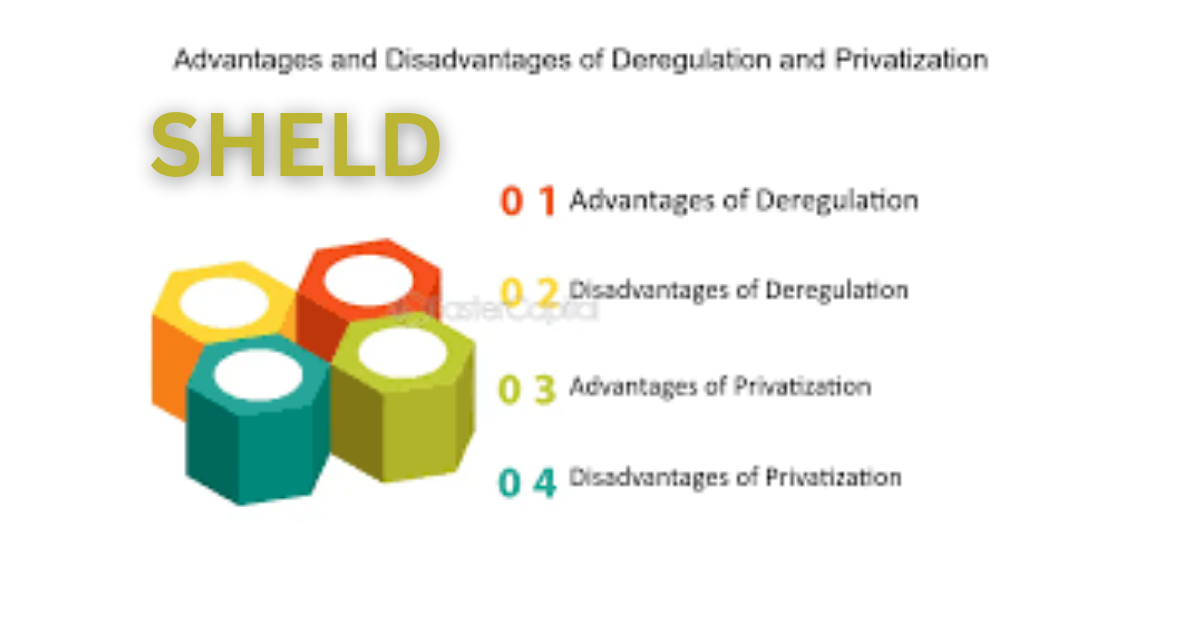Introduction
Consumer protection laws are a cornerstone of modern market economies, designed to safeguard individuals from fraud, unfair practices, and exploitation. These laws aim to create a fair marketplace by addressing information asymmetries, externalities, and power imbalances between firms and consumers. From an economic perspective, consumer protection is not only about safeguarding rights but also about ensuring efficient market outcomes. This article explores how consumer protection laws contribute to or sometimes hinder market efficiency, examining theoretical foundations, practical impacts, and ongoing challenges.
The Rationale for Consumer Protection Laws
- Information Asymmetry
Consumers often lack full knowledge about product quality, safety, or terms of service. Laws requiring disclosures, labeling, and advertising standards reduce these asymmetries. - Market Power Imbalances
Large firms may exploit their dominant position by imposing unfair contract terms or engaging in predatory pricing. Consumer protection rules help maintain fairness. - Externalities
Unregulated consumer markets can generate negative externalities, such as unsafe products causing public health risks. - Behavioral Biases
Consumers are not always rational decision-makers. Laws can protect individuals from exploitative practices that prey on cognitive biases, such as payday lending.
Economic Functions of Consumer Protection Laws
- Improving Market Transparency
Disclosure requirements ensure consumers can make informed choices, enhancing allocative efficiency. - Encouraging Competition
By setting minimum standards, laws prevent a “race to the bottom” where firms cut corners to reduce costs, thereby supporting healthy competition. - Reducing Transaction Costs
Standardized contracts, warranties, and dispute-resolution mechanisms lower transaction costs for consumers and firms alike. - Enhancing Consumer Confidence
Trust in markets increases when consumers feel protected, leading to greater participation and demand.
Potential Downsides and Efficiency Trade-Offs
- Regulatory Overreach
Excessive regulation can increase compliance costs for businesses, which may be passed on to consumers through higher prices. - Reduced Innovation
Overly strict standards may discourage experimentation and delay product entry into markets. - Moral Hazard
Strong consumer protections may lead individuals to take fewer precautions, relying instead on legal safeguards. - One-Size-Fits-All Regulation
Uniform standards may not reflect diverse consumer preferences, reducing efficiency in niche markets.
Case Studies
- The U.S. Truth in Lending Act (1968)
This law improved transparency in credit markets, ensuring borrowers could compare loans more effectively and reducing exploitative lending. - EU General Data Protection Regulation (GDPR)
Designed to protect consumer privacy, GDPR has strengthened trust in digital markets but has also increased compliance burdens for firms, especially smaller businesses. - Product Safety Regulations
Mandated safety standards in automobiles, pharmaceuticals, and food have reduced health risks, though they have also raised development costs.
Consumer Protection and Market Efficiency in Digital Markets
- E-Commerce
Online marketplaces often face issues of counterfeit goods, misleading reviews, and opaque return policies. Consumer protection laws enhance trust and participation in these markets. - Data Privacy
Digital platforms collect vast amounts of consumer data. Privacy laws ensure this information is used responsibly, balancing innovation with protection. - Algorithmic Transparency
As AI-driven recommendation systems influence consumer behavior, transparency requirements are emerging to prevent manipulation and discrimination.
The Role of Enforcement
- Regulatory Agencies
Bodies like the U.S. Federal Trade Commission (FTC) or the EU’s consumer protection authorities enforce compliance and penalize violations. - Private Litigation
Class action lawsuits and private enforcement mechanisms empower consumers to seek redress and deter misconduct. - Self-Regulation and Industry Standards
Voluntary codes of conduct can complement government regulation, providing flexible and adaptive protections.
Policy Considerations
- Balancing Protection with Flexibility
Policymakers must calibrate laws to protect consumers without stifling innovation or raising costs unnecessarily. - Globalization and Cross-Border Trade
E-commerce and digital platforms complicate consumer protection enforcement across jurisdictions, necessitating international cooperation. - Behaviorally Informed Regulation
Incorporating insights from behavioral economics can help design rules that account for consumer biases without overregulation. - Technology-Driven Adaptation
As markets evolve, consumer protection laws must adapt to emerging risks, such as data breaches or AI-driven exploitation.
Conclusion
Consumer protection laws play a crucial role in ensuring that markets function efficiently by correcting information asymmetries, reducing transaction costs, and fostering trust. However, excessive or poorly designed regulation can reduce efficiency by raising costs and limiting innovation. The key lies in striking a balance—designing flexible, adaptive, and behaviorally informed laws that protect consumers while allowing markets to thrive. In the digital age, where new challenges emerge rapidly, effective consumer protection will remain essential to both fairness and efficiency in global markets.




